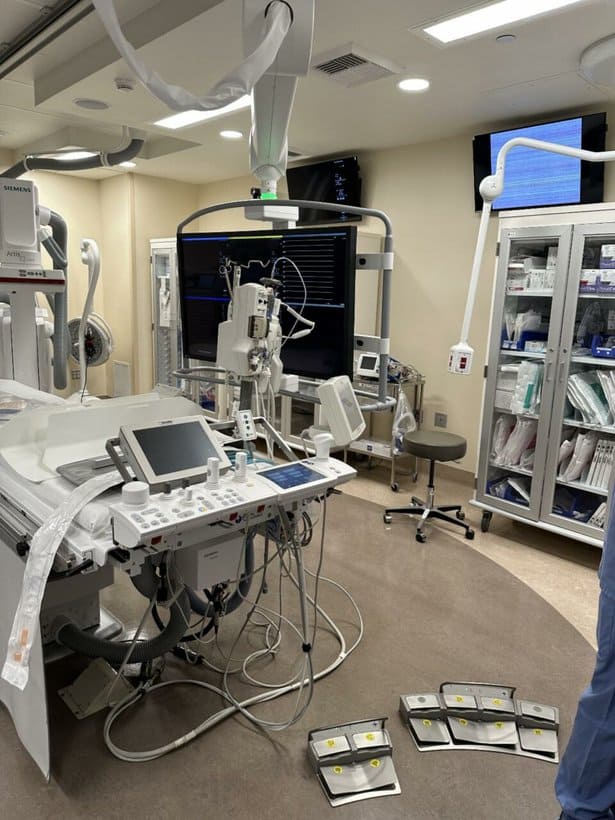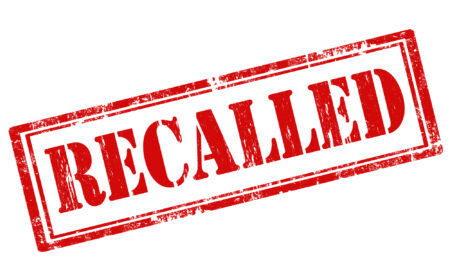
Check out VueStat™ – an exciting new electronic label management solution
Did you know that hospital staff has to run around updating tens of thousands of product labels throughout the hospital on average twice a month? In fact, for most large hospitals, there are as many as 100,000 labels to manage at any given time!
These labels need to be updated with the product’s current status, such as whether or not it’s been recalled, if it’s out of stock, discontinued, on back order, or expired, if the product number has changed due to a change of manufacturer, and so on.
VueStat solves this label crisis with the push of a button. Literally. VueStat is an Electronic Shelf Label (ESL) solution created by VUEMED that displays all required product details on a label-size screen, using e-ink text, images, QR codes, and barcodes. It provides and updates product information REMOTELY and in REAL TIME.
INSIGHTS FROM VUEMED
How an Accurate Item Master Ensures Revenue Integrity
Learn how hospitals can improve revenue and reduce expenses just by having an accurate item master. A poor item master impacts literally everything, from items needed for a procedure not being in stock, to incomplete charge capture at the point of care, to bloated inventories. A healthy supply chain depends on accurate data.
“Hospitals are constantly looking for ways to improve revenue and reduce expenses. And one way to achieve this is as fundamental as managing an accurate item master and making sure that their Master Data Management (MDM) is effective,” notes Lana Makhanik, COO of VUEMED. Indeed, the financial health of a healthcare organization depends on it.

Observations from the Field
by Alex Barinaga, Director of Implementation
“Having a consistently formatted and complete item master is the key to avoiding issues that may have a significant financial impact on an organization. For example, an improperly formatted item could result in issues with reordering, revenue capture, and patient care.”


Top Five Supplies-Related Challenges for Hospitals
Before we implement any system, we spend significant time assessing the pain points related to inventory management, clinical documentation, and supply chain. Below are some of the main problems we typically witness.
At VUEMED, we work as a team in long-term partnership with hospitals to resolve these problems by building internal automated systems and empowering clinical staff to gain control over their inventory. Our solutions save them time and frustration so they can focus on what matters most – patient care. Our goal is the fundamental transformation of supplies management and supply chain, not a band-aid.
1. Lack of inventory visibility leads to:
- No real-time information about on-hand availability or location of items.
- Limited and unreliable data on inventory transactions.
- Unintentional understocking (risking items not being available) or deliberate overstocking (reactive “just in case” ordering approach).
- Manual expiration and recall management, putting patients at risk.
2. Poor management of supplies orders leads to:
- Inefficient and manual placement of orders.
- Clinical staff spending multiple hours per week placing and managing product orders.
- Unreliable or unavailable orders fulfillment status.
- Absence of product visibility in delivery delays.
- Stress among clinical staff, resulting in hoarding of supplies.
3. Poor use of clinical staff resources leads to:
- Clinical staff and leadership being excessively involved in inventory-related activities (ordering and orders follow-up, receiving and restocking, manual inventory counts, checking for expired and/or recalled items).
- Anxiety over whether and when “my supplies” will be received, and can cases be performed as scheduled.
4. Cumbersome and error-prone clinical documentation leads to:
- Manual (often paper) entry of each item used and lot/serial number, with some supplies not documented at all. Time-consuming and inaccurate process, requiring regular auditing of supplies and implants usage.
- Inaccurate and unreliable preference cards.
- Discrepancies in documentation, resulting in delayed charge submissions.
- Inaccuracies preventing reliable demand signal for inventory replenishment and forecasting.
5. Inadequate and inefficient space and organization of supplies leads to:
- Not enough supply storage space and disorganized storage rooms.
- Same supplies being stored in multiple locations, causing excess and redundancies.
- Lack of confidence about product availability when inventory is scattered across multiple locations and mixed with trays and other types of supplies.





